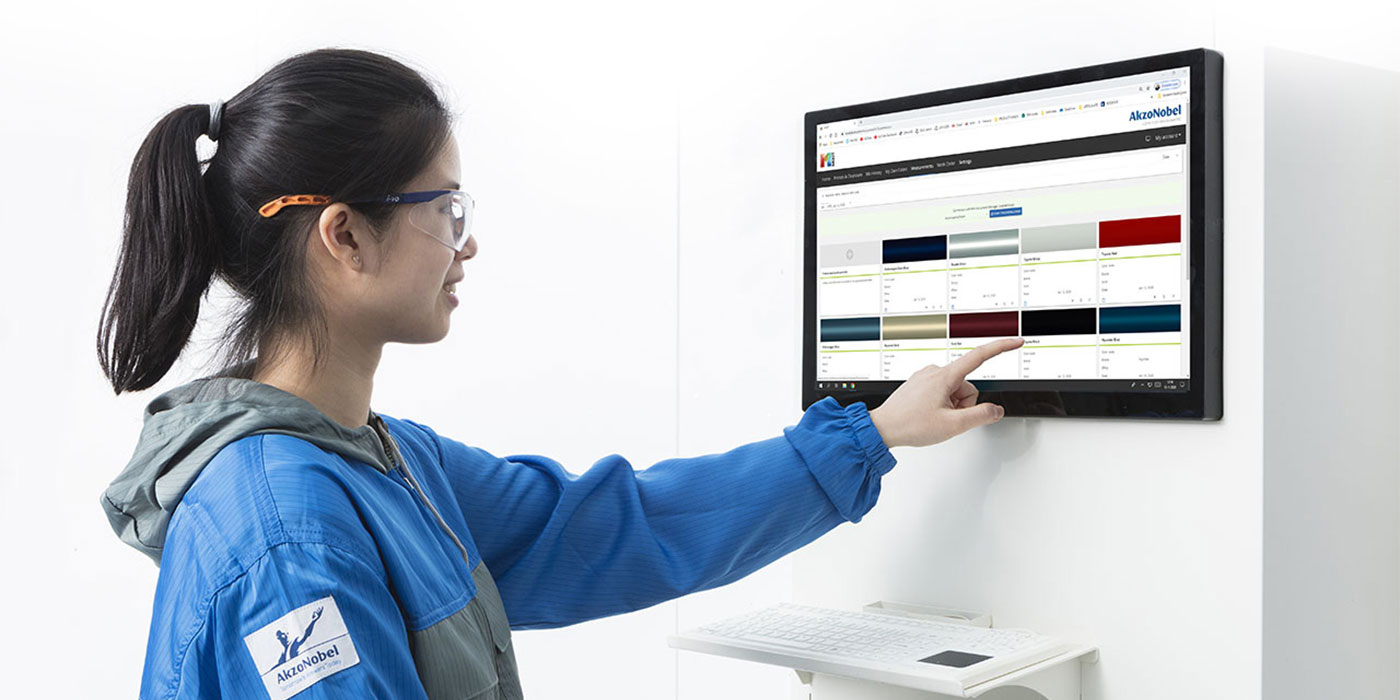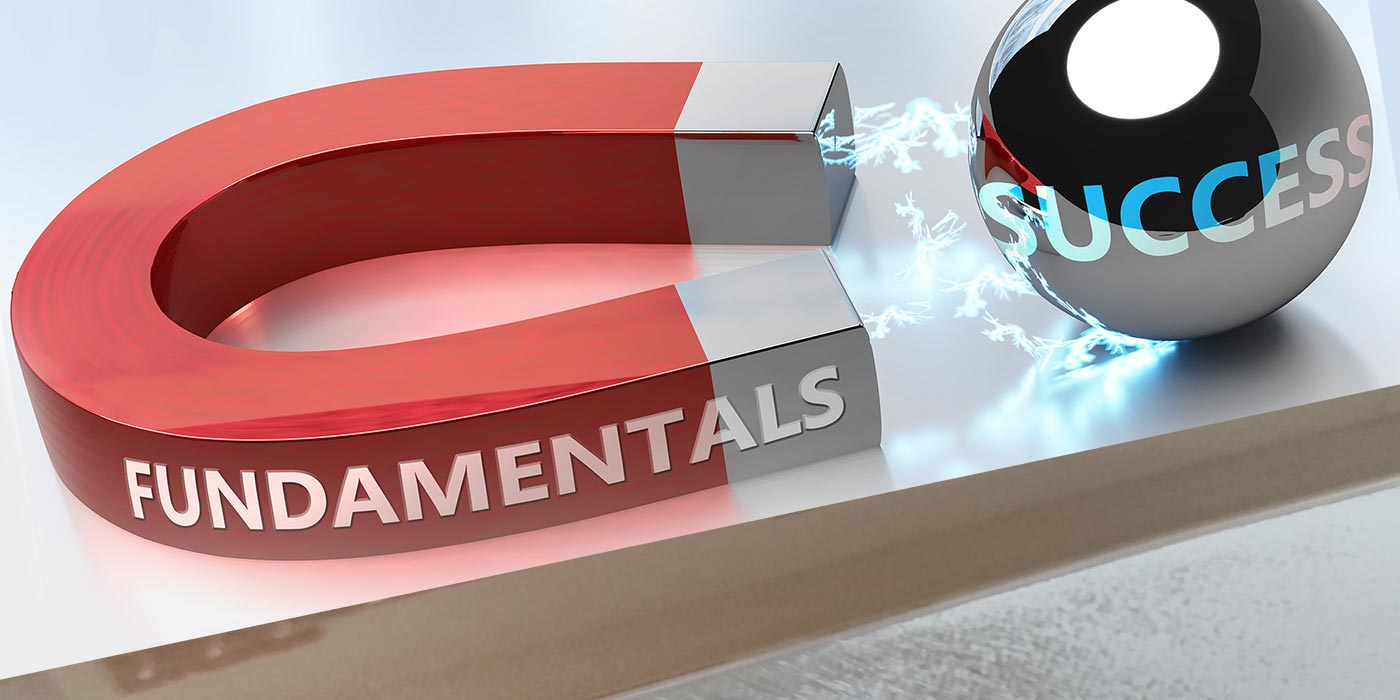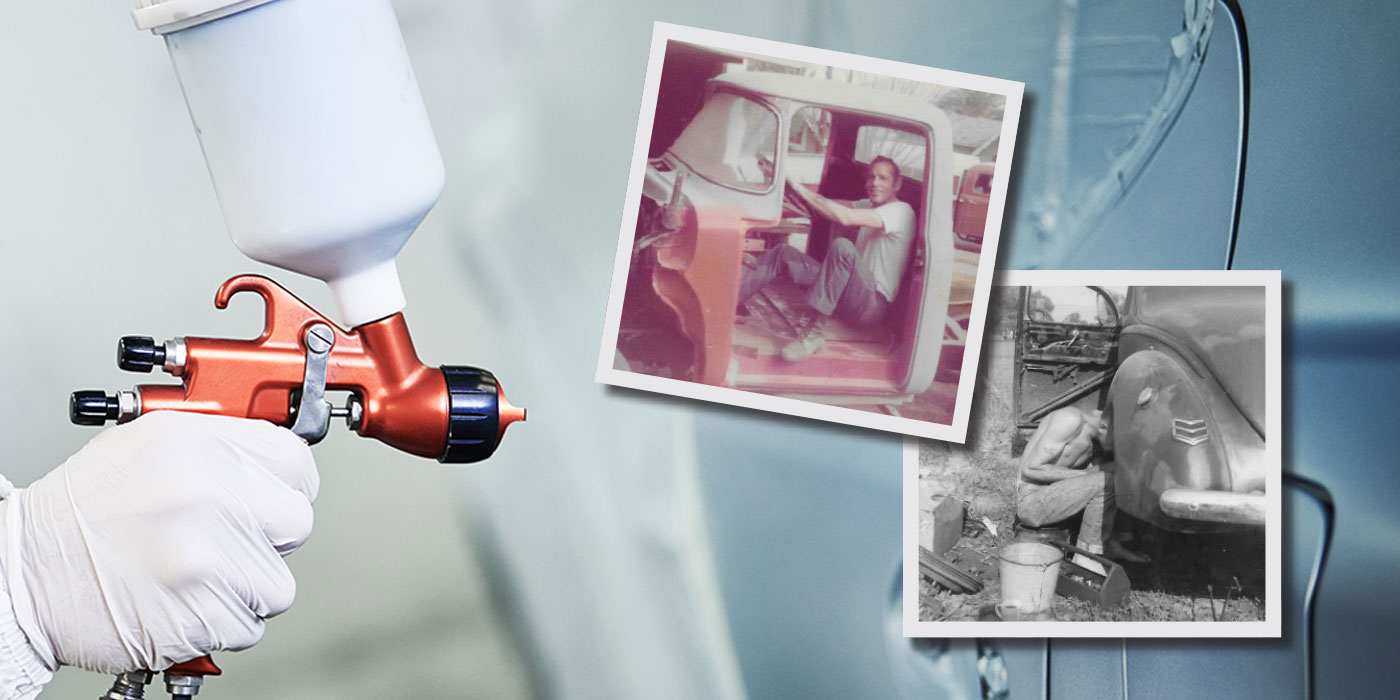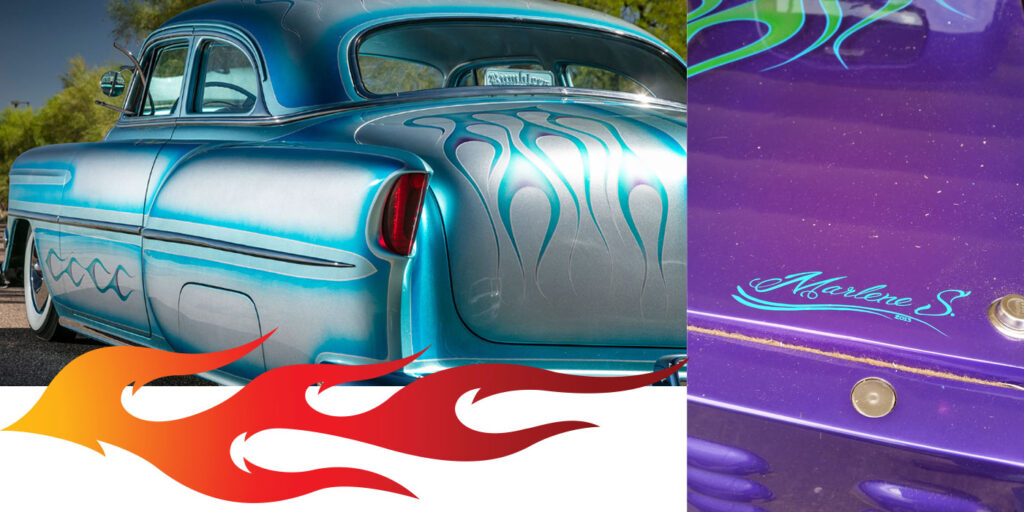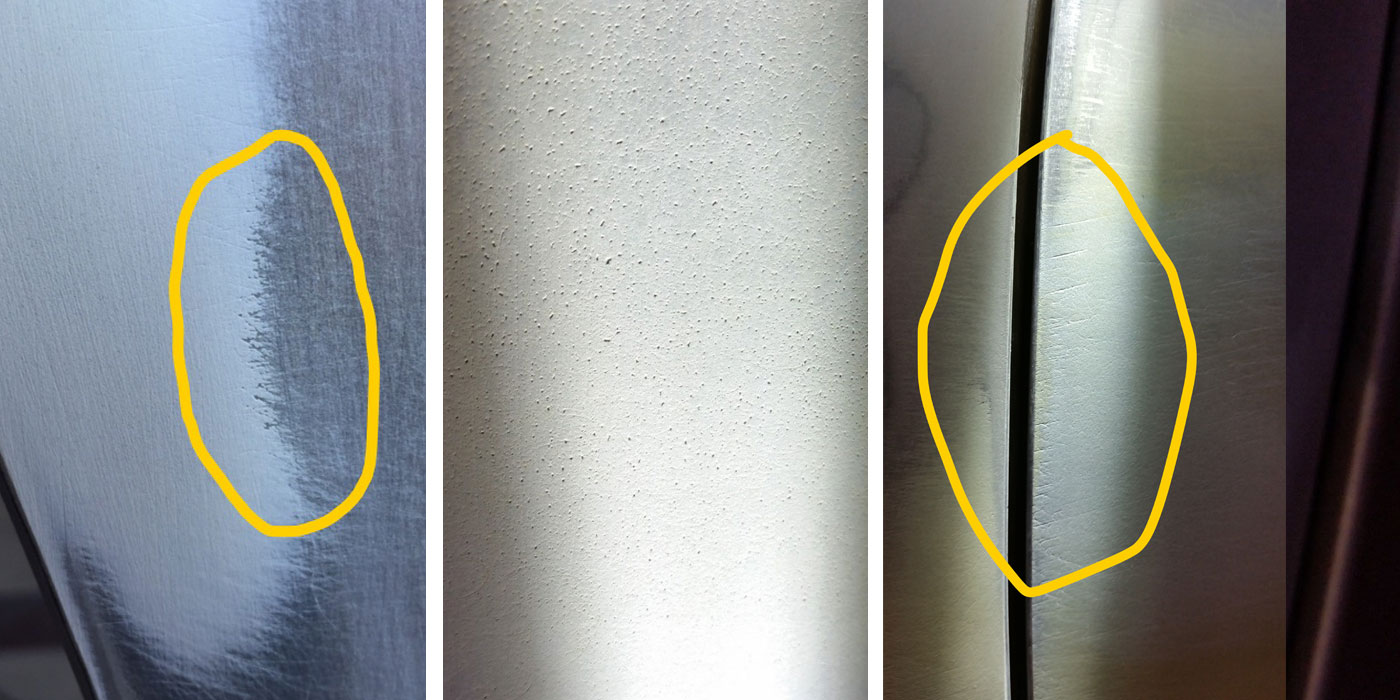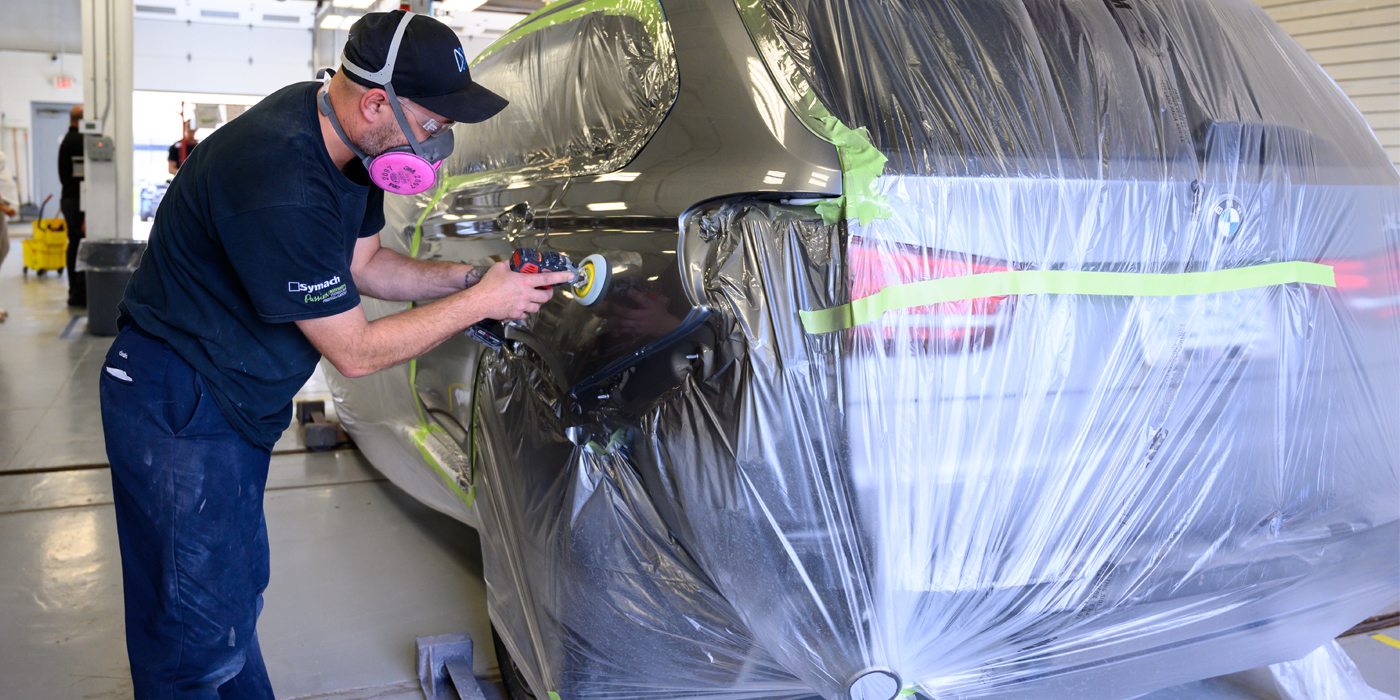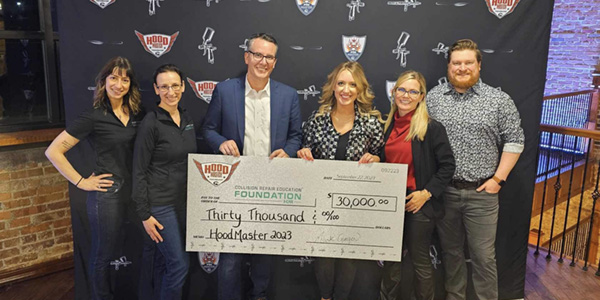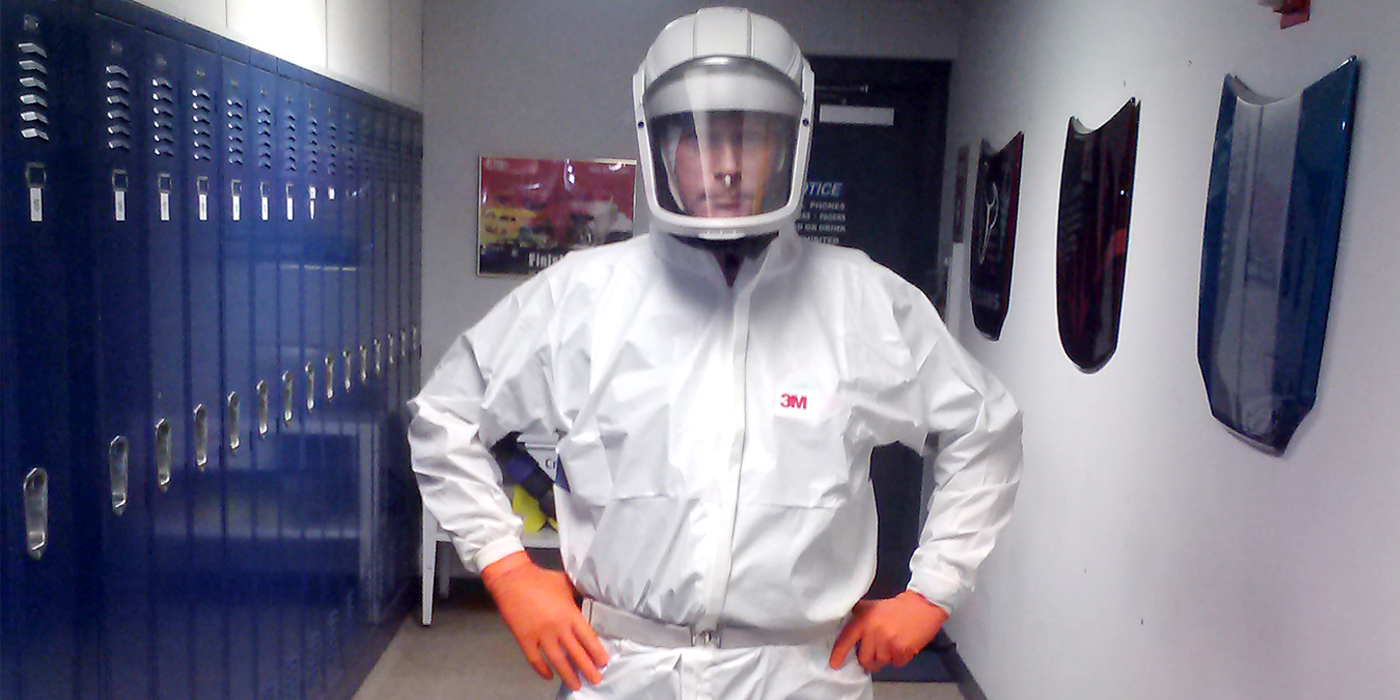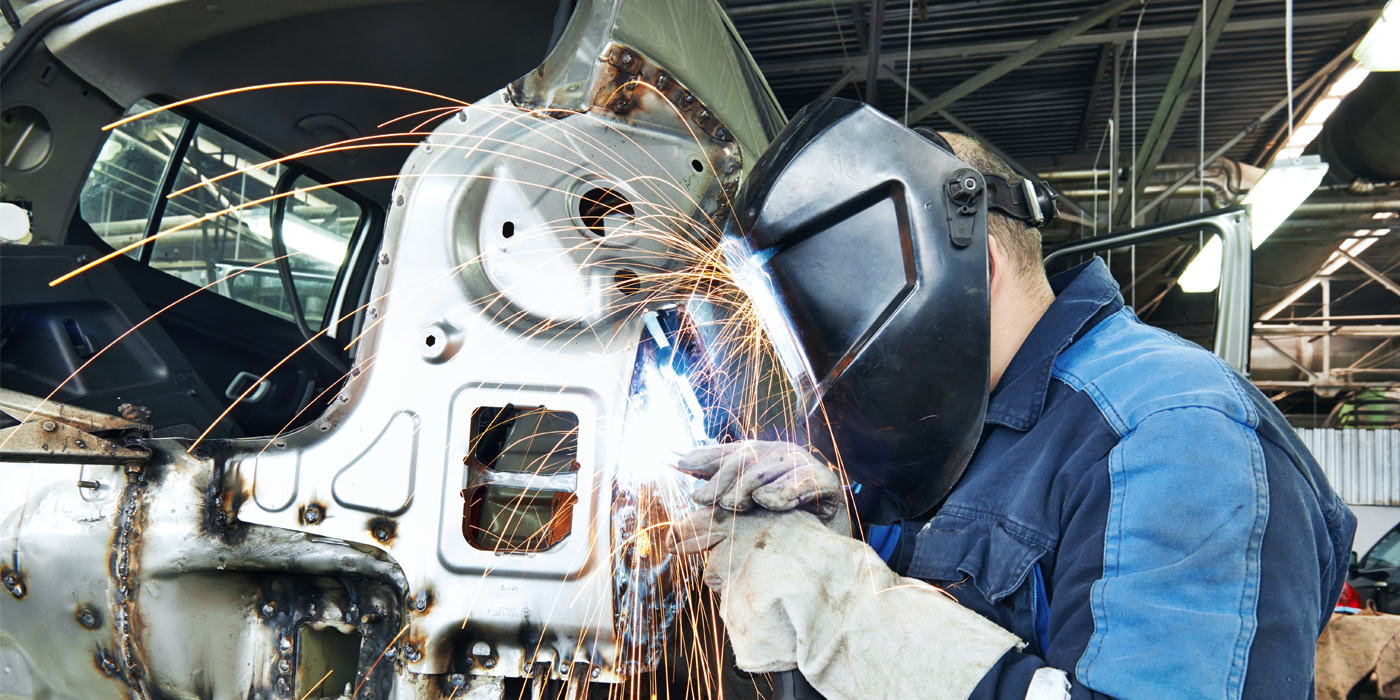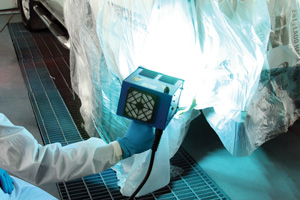
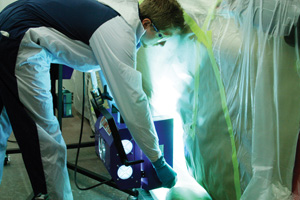
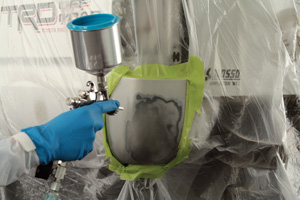
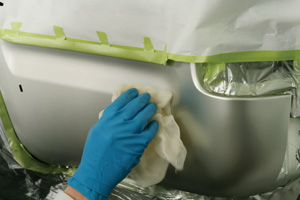 When you know little about a subject, it’s always interesting learning and researching it some more to enhance your knowledge. UV (ultraviolet) curing of paint products has been around for many years, it just hasn’t been as common in the collision repair industry as it has in other industries. The technology is amazing and very different than what we’re used to with conventional two-part paint systems.
When you know little about a subject, it’s always interesting learning and researching it some more to enhance your knowledge. UV (ultraviolet) curing of paint products has been around for many years, it just hasn’t been as common in the collision repair industry as it has in other industries. The technology is amazing and very different than what we’re used to with conventional two-part paint systems.
For the purposes of this article, we’ll be discussing primer/filler that can be applied from an aerosol can for small/nuisance repairs and using a spray gun to apply one to two coats in a close-to-conventional application method…but not quite.
Who Makes This Stuff?
Of our major paint manufacturers, two manufacturers have developed UV systems that are actively produced in our industry today. If you haven’t seen this technology demonstrated in your shop, call your local paint jobber to set up a demo.
I know what you’re thinking: “Why doesn’t this idiot just tell me who the manufacturers are that make this stuff so I can call them up and get a demo?” Good question. The reason I won’t is because this article would then become an advertisement for those two companies and not a technical article. It’s my job to explain the technical aspects of a subject and let the manufacturer sell you its product. I’ll try to be as unbiased as possible, and it will be up to you to determine how UV cured primer/filler will fit your application.
Change Over Time
Before we go any further, let me explain that I’m not a chemical engineer, chemist, biologist or paint company employee. What you’re going to be reading here comes from the perspective of a collision repair shop owner (38 years) and technician (47 years). I’m someone who’s keenly interested in all things technical and wants to know why and how they work – someone who has noticed we really aren’t just bombarded daily with innovative changes. These changes come over a period of years, and even then it’s somewhat hard to call all the changes drastic…but some are.
This is one of them! I would call it a “major change” when ambient temperature has no effect on primer cure time. It can be well below zero outside or well below zero inside, and that temperature won’t meaningfully affect the cure time at all. Now that’s a game changer.
Let’s Talk Light
What differentiates one paint company’s UV primer from another paint company’s UV primer and why would that affect me? One company uses a UVA primer/filler that cures with exposure to a UVA light source. The other company uses a UVB primer that cures with exposure to a UVB light source. Why should you care? Because how they’re used in the shop will be much different.
UVA
UVA is the type of ultraviolet (UVA) light that one specific manufacturer uses to cure its primer. The primer is specially formulated to be cured by UVA light only. If the sunlight is strong enough to cast a visible shadow, it will cure this primer in a maximum of 18 minutes or a minimum of 4 minutes.
The primer itself is applied with a maximum of two coats. Don’t try to achieve hiding, you want opacity/transparency. The cure process depends on light transfer to achieve full cure. If you achieve hiding or coverage, light won’t be able to cure the primer because the overloaded pigment can block the light rays from penetrating to the very bottom coat.
Two coats of this primer will allow a 1.5- to 5-mil deposition and plenty of filling. When I tried it, two coats allowed for thorough filling without sanding through. When going over plastic filler, don’t sand finer than 150 grit, and 120 is absolutely fine enough. The point is that if you leave the surface too fine, the primer has a tendency to bridge the scratch instead of going into the scratch and coating it. This is what causes visible sand scratches when the clear is cured and it’s exposed to the sun a few times. It’s important that any filler dust is removed with a vacuum brush or bristle brush and air. Normal feather edging surface prep is fine. Application of the primer is important and must be done according to the prescribed instructions.
Don’t apply the primer in sunlight that will cast a shadow. For example: If the sun is shining through the shop window in such a way that it casts a shadow onto the surface of the area you’re priming when you hold your hand between the surface and the source of the light, you’ll need to block the light with a shade, cardboard or blind to prevent the sun’s UVA rays from hitting that surface while you’re applying the primer.
Spray only two coats, allowing a flash time of 2 to 3 minutes in between coats. After the priming is completed, allow a flash time of 2 to 3 minutes and then expose the surface to UVA light. This can be sunlight that can cast a shadow. Some people move the car to the parking lot for a few minutes, while others expose the surface to sunlight in the shop. Temperature is not a factor. A rep told me that he applied the primer in a shop in Kalispell, Mont., last winter, drove the car outside in bright sunlight at -17º F and the primer was ready to sand in 10 minutes.
What if it isn’t sunny? Yeah, tell me about it – I’m in Seattle. But don’t despair, you can buy UVA lights without a problem. These bulbs are configured just like 4-foot fluorescent shop lights. You may wish to spend a lot of money and purchase special curing lights from your jobber, but you can also build one of these lights on your own for under $100. One guy told me, “You purchase a cheap hand truck like the one the UPS guy uses and mount an inexpensive 4-foot fluorescent light fixture to it. Purchase UVA 4-foot light bulbs and install them in the fixture. Now you have the ability to wheel the light right up to where you need it.” Reflections off this light or sunlight will also work. A polished aluminum surface or a Mylar-coated surface will work to reflect the light from its source to the primed surface. You’re only limited by your imagination.
Why would you do this? The main reasons are to enhance cycle time or speed up a special job. Plus, you cut waste because there’s no mixed primer to throw away. Also, this primer isn’t reactive with other finishes or top coats – in its sprayed form, it’s inert. And there are no isocyanates in this product.
Would you want to switch all your primer/filler over to this? That is a decision you need to make. If high production and reduced cure times are your goal, it’s a possibility. If you might only need it on special occasions, that’s the way to use it. It also can be flexed for flexible plastic bumper covers.
This is an innovative product and will require different thinking. The two big considerations to think about are:
• Don’t achieve hiding when applying the primer. It’s a high- solids, high-build primer but is designed to be semi-transparent because that’s how it works.
• It needs light (UVA) to cure. I sprayed a part on a table and took it outside and put it on my dumpster. In four minutes, it was sandable. Four hours later, the masked table I sprayed the part on was still wet. Get it?
UVB
UVB is another way to go. Yes, there’s a big difference in light. I’m Irish, so I tend to think of things in simple terms such as, “Light is light, right?” No, Mikey. Wrong! Think again, lad. Light is different from one kind to another, and we’ve become technologically advanced enough to design primers to fit the kind of light we have to achieve a fast cure. Technically, the difference in the different kinds of light is in the wavelength of the light beam.
The UVB primer system on the market that’s in common use is in aerosol can applicators and uses a proprietary UVB light to achieve a rapid (2- to 3-minute) cure. This product, like the UVA product, is designed for a specific use. One of our downfalls, as Americans, is that we try to use one thing to do everything, instead of using that one thing as it was designed to be used!
This product is intended for “fast lane” or nuisance repairs. What is a nuisance repair, you ask? That could be a door ding two inches away from a completed primed and blocked 8-hour dent that your tech didn’t fix. That 0.5-hour ding is going to make that 8-hour repair look like crud, and you look like a cheap idiot when the customer says, “Why didn’t you fix that little tiny dent right there? It’s the only one on the car and it’s right in the same panel you fixed? What’s wrong with you? Isn’t my value as your customer worth a little tiny dent?”
Please don’t repeat your tech’s answer when you asked him the same question and he said, “It wasn’t part of this accident.” Trust me, they won’t understand that, so just fix it and repaint the panel or…you could fix it in front of the paint booth doors and minimize the time it takes by using this product. That’s a nuisance repair. And oh yeah, the car is ready to be sprayed now and there’s one behind it, too. Would allowing you to prime a 5-minute repair with a product that’s cured in 2 to 3 minutes and ready to sand keep you on track? You better believe it.
Fast lane repairs come into play if your facility has a fast lane or maybe needs one. These are minor repairs where you may have a lot of cars with a few repairs on each one to make the cars really look good. Maybe a dealer or several dealers are supplying you with work. This is an ideal scenario for the UVB-type primer/filler. Why? No spray gun, no pouring, no cleaning and no waste.
This system uses a small, special UVB cure light. The primer doesn’t cure without the light. Sunlight doesn’t affect it, nor does temperature. The primer spots should be no larger than the size of the light or the primer won’t cure where the light’s footprint doesn’t shine. Get the picture?
Imagine a learning curve here, as some techs seem to like to double the repair area when priming. It’s a good primer/filler and provides a high solids build, which is sandable within 2 to 3 minutes.
Okay, there you have it. Two very different techniques actually created to do different repairs. Hopefully I’ve brought UV curing into the light. Think it over. Maybe there’s an application for you.

